21
This post is written in partnership with Bali Blinds. All opinions are my own.
Open concept homes--where the kitchen, dining room, and living room flow together in one big space--have been extremely popular in the past decade. Watch any HGTV show, and you'll probably see a wall or two get taken down. The dramatic before & afters aren't the only reason why this layout is so desirable. With open concept designs, natural light can pass freely through the house, making it brighter. The lack of walls makes the space feel bigger. It's easier to keep an eye on young kids. And when you're entertaining, you can prepare food in the kitchen without missing out on the conversation in the living room. But there are cons too. When one room is messy, it can be seen from all the other rooms. There's less privacy and separation of activities. Your house can feel less cozy and intimate. And open concept designs make decorating a challenge. With sight lines into so many other rooms, you have to be conscious of how everything flows together, and coordinate your design choices accordingly. So what does that mean when it comes to window treatment design? In an open concept home, should all your window treatments match? As someone who lives in open concept home, today I thought I'd share what we've done in our house, along with my best tips for making your window treatments feel cohesive.
1. Know when to match. There is one instance when you absolutely should match your window treatments: when you're dressing windows that are next to each other on the same wall. If you need window treatments for multiple windows like this, it would be weird not to match. The rest of the time? It's up to you. If you prefer the simplicity and consistency of getting the same window treatments throughout the house, you can certainly do that. But for a more interesting, custom look, mixing is actually preferable. Think about it like remodeling two bathrooms at once. You could get the exact same vanities, tile, and so forth for for both rooms. It'll be quicker and easier...but it'll also look more generic and kind of boring. For a more designer look, you would customize each bathroom with different elements that complement each other.
2. Learn how to mix. If you decide to mix and match window treatments, the key is to make sure they coordinate with each other. You don't want them to be matchy-matchy, but they should have a common theme that ties them all together. This takes more time and thought than doing the same thing across the board, but the end result will be worth it. Not only will it look more designer-approved, but mixing allows you to intentionally choose window treatments that are tailored to each room's practical needs.
3. Start with the practical considerations. Function is essential for good design, so the first order of business is considering which window treatments will work for you practically. Every room has different needs, which is why it's not ideal to copy-paste the same window treatment throughout the entire house. You might need moisture resistance in the kitchen, more formal window treatments in the living room, and more privacy in the bedroom. Some windows are big, others are small, some are unusual shapes, and so on. All of these factors can quickly narrow down your options for window treatments that will work.
4. Avoid one-offs. Just like with any design element, repetition is key to making sure that nothing looks random and out of place. In our house, we did cellular shades for our small windows, Roman shades for our big windows, and wide-slat blinds in the rooms where we needed moisture-resistance. We also have drapes layered over the shades in our living room and master bedroom. Even though we have several different styles of window treatments, each one is used at least twice so it feels intentional.
5. Stick to a color palette. A definitive color palette will give your house a good visual "flow," which is absolutely essential in an open concept home. I like light neutrals in open concept designs (think white, beige, wood tones, and grey). If that seems too boring, feel free to add something brighter to your color palette. But don't forget that you can always bring color into your home with smaller items like pillows, art, and accessories! As seasons and trends change, it'll be a whole lot easier (and cheaper) to switch out a pillow cover than a window shade.
6. Keep the fabric texture similar. Perhaps the easiest way to create a common theme across different types of window treatments is to use the same fabric. For example, if you want to coordinate window treatments for your windows and sliding glass (patio) doors, Bali offers sliding panels that match roller, solar, and Roman shades, as well as VertiCell to match their cellular shades. But even if you don't use the exact same fabric, you can coordinate mix and match window treatments by keeping the fabric texture similar across the board. We used the same fabric for the drapes in our living room and the Roman shades in our family room, which helps to tie the two rooms together.
7. Add or subtract layers for variety that's still cohesive. A great way to coordinate mix and match window treatments is to do two layers. I especially love a Roman shade or natural shade with drapes on top. This combination looks so chic, but that's not all. It's practical too! The drapes block the light at the edges of the shades, plus double the layers means double the insulation and energy efficiency.
8. Closed off rooms can have more of their own style. With rooms like bathrooms and bedrooms that are closed off from the rest of the house, you don't have to be as concerned with the overall flow. You can let your kids have a say in the colors of their room, or you can try a fun pattern in the guest room or bathroom. These rooms are the perfect place to play with something a bit more trendy and bold.
9. Choose matching liners for curb appeal. Lastly, it's also important to consider how your windows look from the outside. Consistency is important, especially for your front windows. Most Bali shades are designed to have neutral liners, so you can make them match from the street, even if they're totally different inside. We have Classic Roman Shades on all our bigger windows in the front, so they all look the same when the shades are pulled. For the little sidelite windows on either side of the front door, we have cellular shades in white. While they aren't a matching style, the consistent color (white from the back) helps to tie it all together.
10. Make a mood board. Before you commit to any purchases, create a mood board. This can really help you envision whether all these different elements will work together or not. Pull together photos of the lighting, window treatments, paint colors, furniture, and so forth--and play around with swapping various options to see what you prefer. When designing an open concept home, I recommend creating a mood board of the space as a whole instead of trying to separate each zone. Digital mood boards are great, but it's also important to get fabric swatches that you can see in person. That way, you can make sure that your window treatments go together nicely with the furniture, window trim, and paint color. Bali allows you to order up to five free swatches to help you make just the right choice.

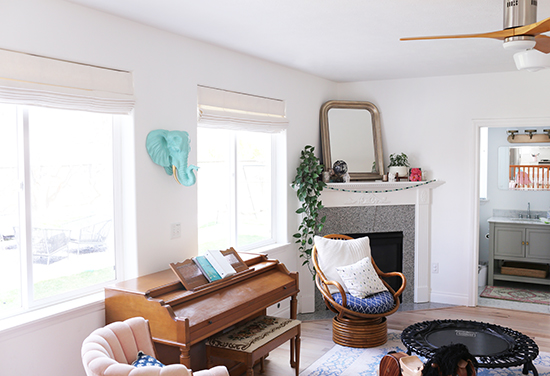
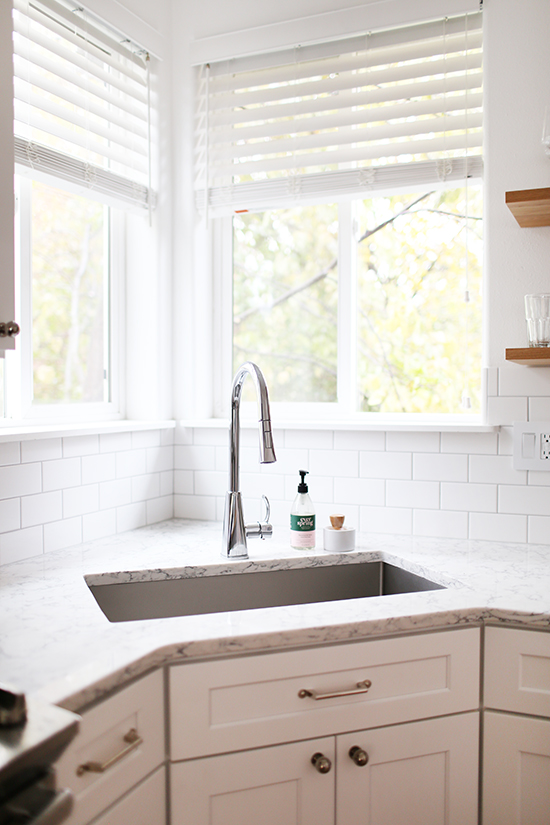

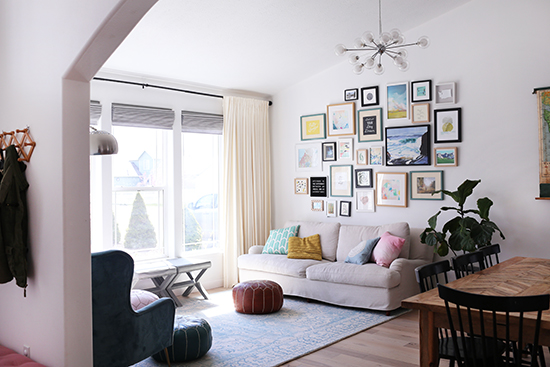
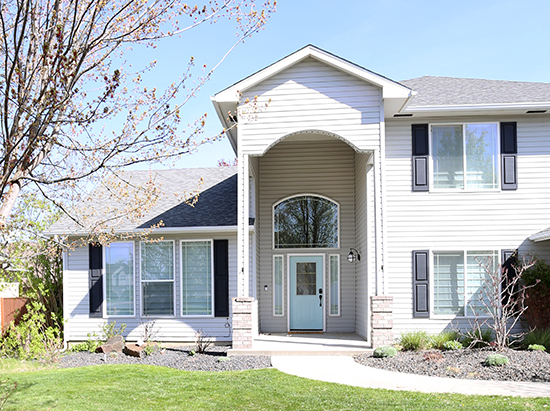
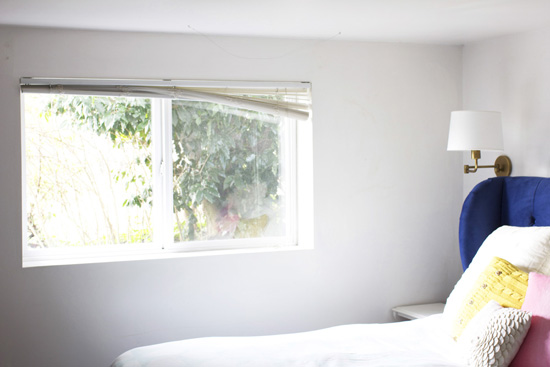
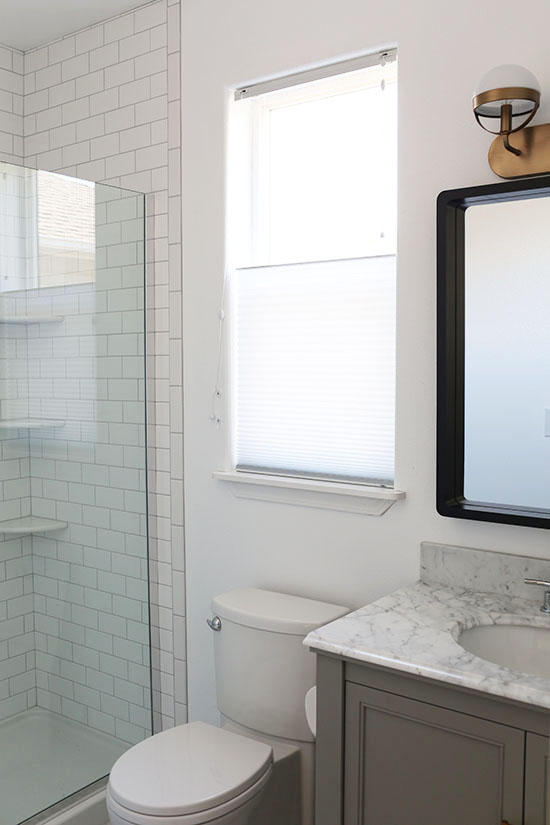
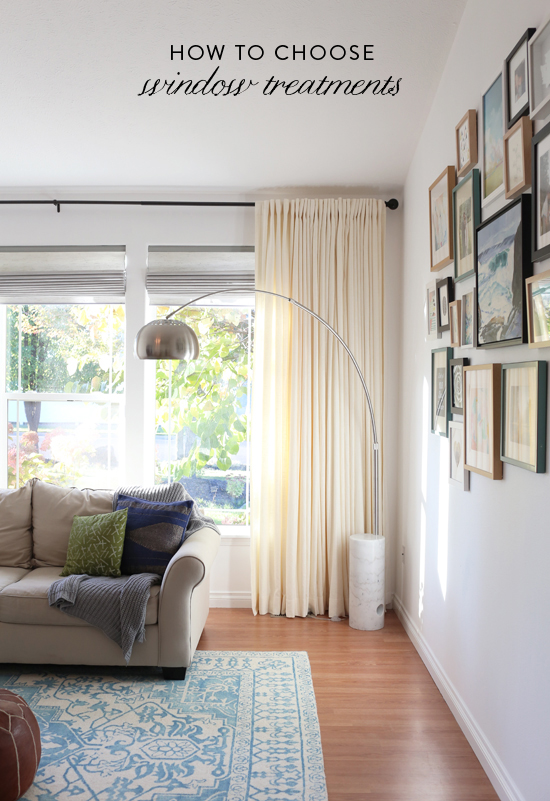
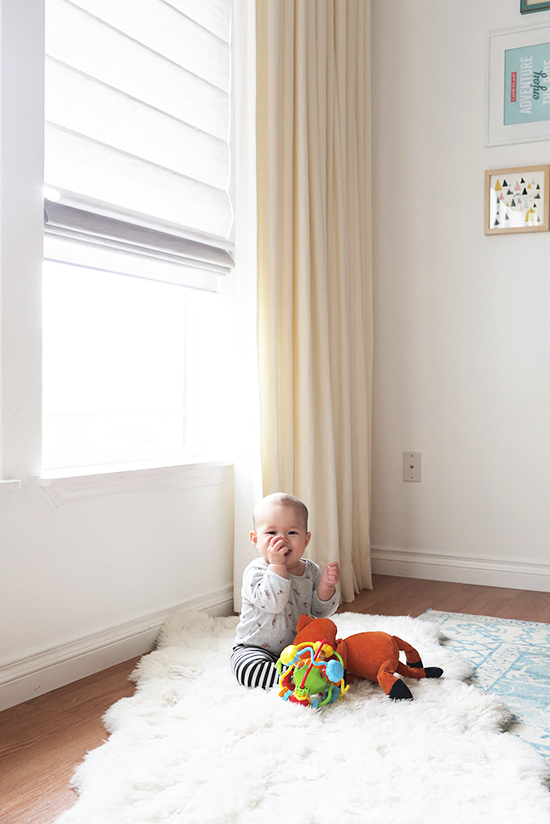
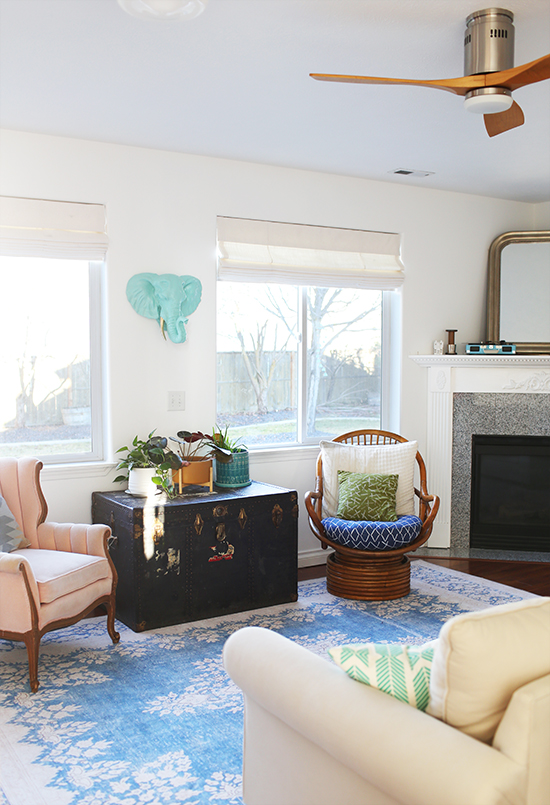
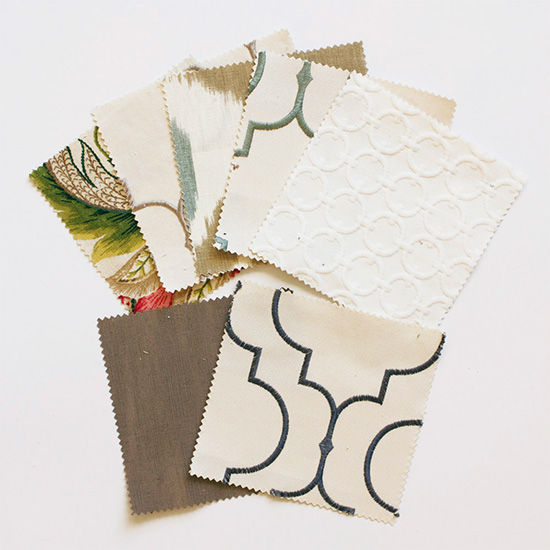

It made sense when you said that closed-off rooms like bedrooms don't necessarily need window treatments that match the flow in the rest of the house. My sister and her husband mentioned they're interested in getting designer shades for the ground-floor windows in their classic-style home next month. I'll share this info to give them unique style ideas to consider for their window shades beforehand!
Tony Ransdell here from GBE Packaging;
Please forgive the interruption. I just wanted to take just a moment to introduce our services to you. I had found, and was impressed by your website and quite frankly your company is just the kind of organization we would love to do business with! I was hopeful we could network with you or you might have some suggestions, advice or be able to refer us to other companies that you know that might need a great packaging partner. I hope you can bookmark our site for future reference or pass this on to anyone in your organization that is involved with finishing / shipping or purchasing.
I started GBE Packaging to provide boxes and packaging supplies to print shops and businesses of all sizes and really any industry. We have over 1200 sizes of stock shipping boxes so having us as a partner is like having a custom box store in house.
Taxes - Many states are now charging sales tax but we are still only charging sales tax to orders that ship to Wisconsin. If you are in any of the other states you can save by not paying sales tax on our orders.
We have special local delivery rates if you are close to our warehouse you can have a truckload of packaging delivered to your loading dock for $59 local delivery. We also offer pick up service available at our warehouses in Elgin IL, Dallas TX, Hazleton PA, and Atlanta GA.
We try not to use Pay Per Click Advertising as we would need to raise prices to pay Google. Maybe you have that same problem? We prefer to pass the savings on to you thru lower prices.
We would love to connect with companies that need a loyal business supply partner and appreciate good service and low pricing. We have hundreds of great reviews on our home page and we work hard to ship all order the same day or next business day.
In business we are all partners!
Please feel free to call on us if you need packaging or advice. You can email me anytime and I will get back to you as soon as I can.
Thank you for your time!
Tony Ransdell
GBE Packaging Supplies
info@gbepackaging.com
https://www.facebook.com/GbePackagingSupplies
www.gbepackaging.com
www.productpackagingsupplies.com
This is a one-time mailing from your website or LinkedIn contact information and not part of an organized campaign. No need to unsubscribe. I just would love to do business with your company!
I don’t want to be a nuisance.
Blinds can provide a fantastic way to let a considerable amount of natural light into a particular room while maintaining a level of privacy